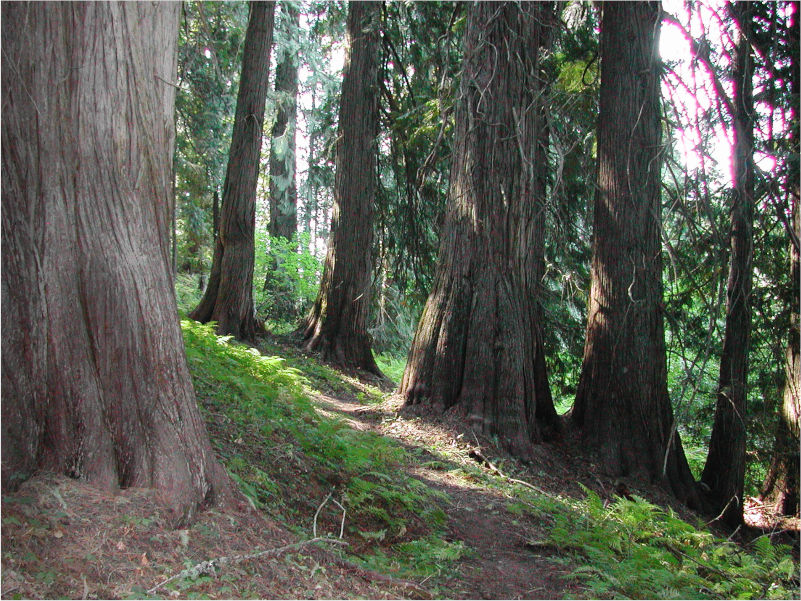
Written by Friends of the Clearwater Forest Policy Director Jeff Juel, this report examines 40 years of U.S. Forest Service policies on management of old-growth forests. The document is a clear-eyed view of the agency's long-term prioritizing of older forests for timber production above all other values.
The report extensively cites dozens of scientific research articles and viewpoints, comparing and contrasting them with numerous Forest Service policy documents and statements. The report promotes the values of old growth the agency has too easily dismissed—its contribution to a stable climate, its diversity lending habitat for rare species, its role in producing clean air and water, and its effects on human aesthetic appreciation and imagination.
The concept of old growth generally refers to areas of forest where many trees approach their upper threshold of age and size, where tree age, canopy structure and composition is complex, where soils are well-developed, and where dead and decaying trees create structural diversity. These habitats have developed very high levels of biological diversity.
Old growth also provides unique ecosystem services. Forests naturally store (sequester) carbon dioxide. Old forests also exert huge impacts on the water cycle, whether by supplying clean spring water, increasing forest humidity, or mediating the impacts of heavy rain and snow on waterways.
Without human management, upwards of 25 to 30% of a forest landscape may be within an accepted definition of "old growth" at any given time. Old growth is better understood as a specific kind of forest landscape that is approaching its zenith of complexity, rather than an individual tree that is old and large. In turn, natural changes in fire regime, climate, vulcanism and other disturbances over the millennia alter the natural processes influencing forest functions and structure.
The presence of large trees has made old forests prime targets for industrial timber production, which has obliterated most old growth from U.S. forests. Contrary to popular belief, old growth on publicly-owned national forests are not, in general, protected from logging.
The report also examines the pseudo-scientific justifications to greenwash industrial logging. These include claims that logging reduces fire risk and severity, reduces insect infestations, and promotes growth of larger trees, among others.
In order to serve timber interests the Forest Service must foster the view that old growth is something needing management, not a value needing protection. Industrial timber production and intrusive management is not compatible with the conservation of old growth forests, and until federal agencies make policies to reflect that, the future for this already rare habitat is dire.
Read the embedded report below, or download the PDF at the bottom of this page.
Juel_2021-Old-GrowthFriends of the Clearwater
PO Box 9241
Moscow, ID 83843
(208) 882-9755